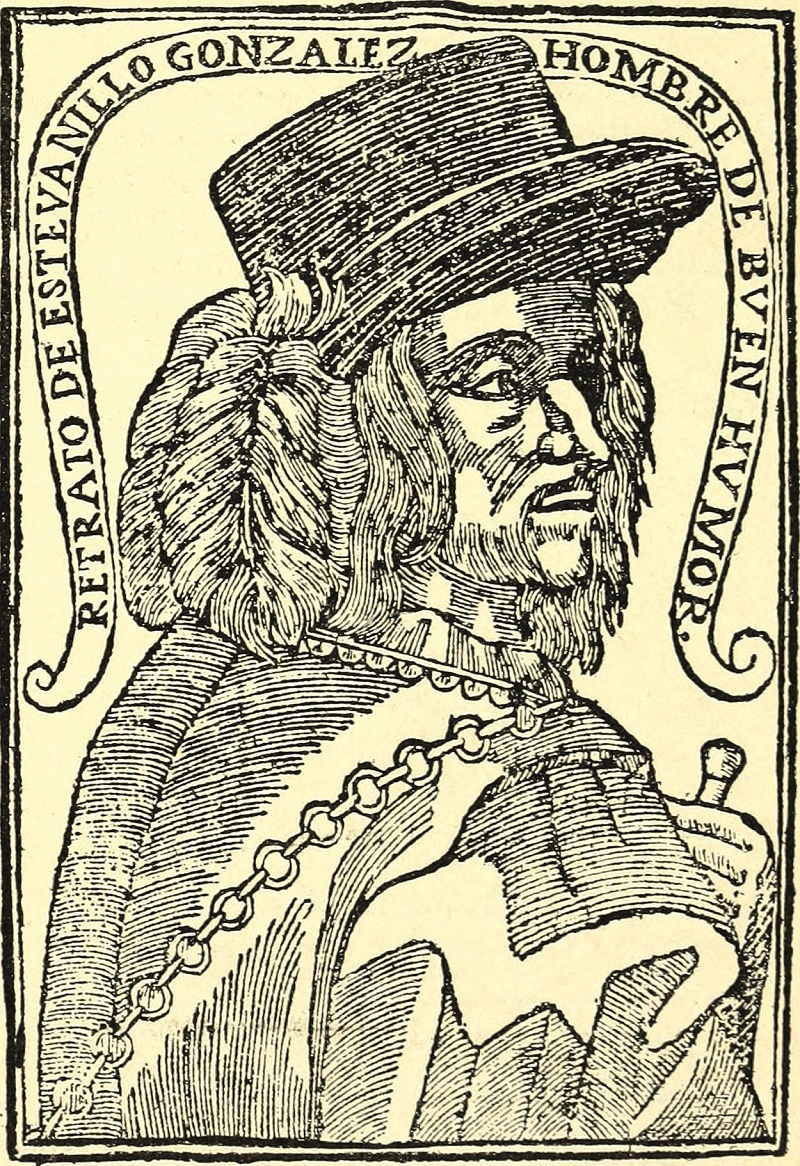
- Looking at the documentary base of the Sagardoetxea Museum, we find a press article in which you can read the “cidra”, with an Euskera print, documented for the first time in a Spanish picaresque novel published in 1646. We have bitten the hook and we have kept looking at the old documents.

Life and facts of Estebanillo González, a man of good humor, by himself (the life and deeds of the humorous man Estebanillo González, by himself) is the title of the novel. We do not know who the author is, whether it is a biographical work or, on the contrary, the trajectory of a true rogue was inspired by another person. In any case, the author uses the Zagardoa and Sidra graphs in a passage that narrates the experience of Estebanillo during his trip to Guipúscoa. Marqués didn't do him well...
“Asturias-Iruñea bat mula eta kridiatu eta, gero Navarra -kingdom konfines pasa, Guipúsikoa entered the province of Guipúscoa, which although it is a cheap country, is very gifted and ameno of groves. baked
On the website of the Documentation Center of the Sagardoetxea Museum of Astigarraga we found the article referring to the picaresca novel, written by Iñaki Berrio in El Diario Vasco on January 28, 1999. It is included in the newspaper archive, along with articles from dozens of newspapers and magazines, including ARGIA. In addition, the virtual documentation centre collects photographs, videos, references and book documents that are in the background of Sagardoetxea, scientific documents, centuries ago, on chamomile issues (transactions, contracts, taxes, trials...), among others. All this material is available to researchers, stewards, students and citizens who attract the cider culture, since, in addition to collecting and organizing the heritage, the museum aims at its socialization.
First written quotations
In total, the documentation centre has 46,956 photos, 188 books, 431 videos, 14,250 press articles and 3,070 documents, according to Leire Alkorta, head of communication at the Sagardoetxea Museum.
.jpg)
The first written quotations on Vasconia's chamomile, as well as on the cid-like beverage (cooked apple short diluted in water and honey) was called Phitarra. As the linguist Koldo Mitxelena collected in his book Basque Archaic Texts (Basque Archaic Texts), published in 1964, the first writings referring to cider production date back to the 11th century. The oldest is April 17, 1014, written in Latin, which refers to a donation of land made by King Sancho the Mayor of Pamplona to the monastery of Leyre. The text lists, among others, the manzanales of this plot of Gipuzkoa.
The transcription of this writing is the oldest in the museum documentation center. Collected in a publication of the institution Prince of Viana. In addition to the documents, Alkorta tells us that newspaper and photo library are “of great value”. Newspaper library, because news since 1874 provide first-rate information on the evolution of the sector. And Fototeka, because among the photographs there are some of great historical value, such as those of some villages disappeared in Astigarraga or those of the first Sagardo Eguna, Día de la Nueva Sidra, the Apple Harvest, the touristic experiences… Among the videos stands the one made before the demolition of the Erbitegi-Etxeberri farmhouse and the recreation of the nineteenth century.
Sidra elixir del diablo
Since the 11th century, more and more documents have been mentioned that mention apples, ciders and lagars, often with the help of pilgrims travelling the Camino de Santiago. By the port of Ibañeta, from Luzaide to Roncesvalles and from there to Pamplona, as the Benedictine monk Aymeric Picaud did in the 12th century. In 1134 he wrote a manuscript in Latin Codex Calitxi inus or Ábaco Sancti Jacobi, a kind of guide with observations on the Camino de Santiago. In the book he mentions Basclus (now inhabitants of Iparralde) and Nauarrus (of Hego Euskal Herria). In one passage it says that the lands of the Landes were poor, but not in an incomprehensible language was spoken of the region where the Bascli lived, with their forests and ports, where there was no wine, but abundant apple and cider.

Monk Aymeric Picaud spoke in the manuscript of the “savage customs” of the Basques, and the passage of the centuries did not make that image visible. In 1609 the French inquisitor Pierre de Lancre was sent to Lapurdi. He wrote that his inhabitants were thrilled, they were sinners who did not know the existence of God. For him, the fruit of sin was the apple, which led her to perdition in Adam, and the cider, elixir of the devil. As the Basques drank, the witch hunter was convinced that the crazy people had been possessed by the devil and had to gain experience.
Eleven more writings would mention apples and cider, in fantasy texts sometimes much more formal in bureaucratic procedures. “The word ‘cider’ with Basque graphics is very modern,” says Alkorta. “We must not forget that 99.9% of these documents are written in Spanish.” In the documentation center, however, there are a lot of materials in Basque; it is worth jumping on the web as it keeps nice pieces.